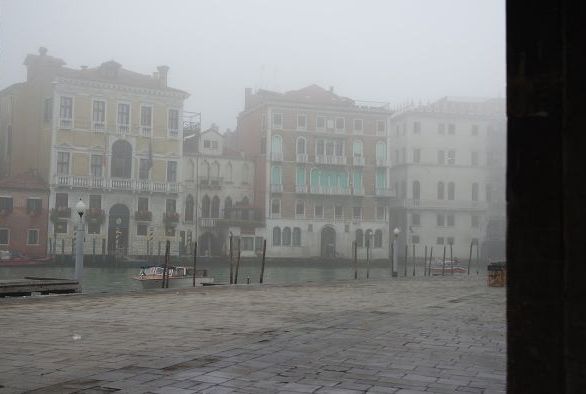Search results
5 results found.
5 results found.
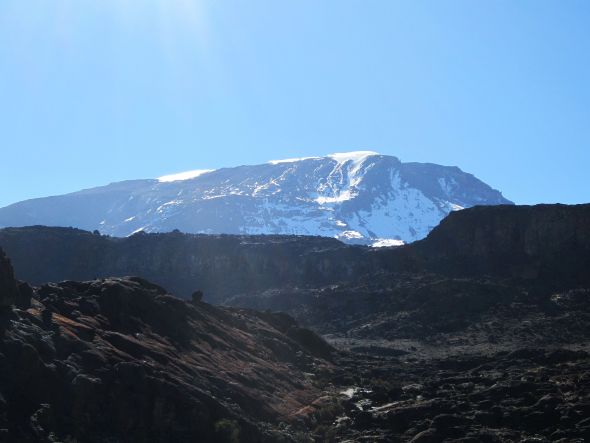
It’s been three years since my excellent adventure on (and near) Mt. Kilimanjaro, and “Dreamers and Doers,” the book which was produced by the women on my trip and many other women, is now out in e-format. The photography by my partner in crime, photographer Karen Kasmauski, is worth it all by itself.
Some of the stories are wonderful, even unforgettable (a word I rarely use). I’m thinking of the blind Australian woman who climbed the mountain as part of a fund-raising benefit for the organization that provided her seeing-eye dog. What it took for her (and her guide, who literally talked her through every single step) to accomplish this is something that doesn’t seem possible. But they did it.
Have a look at these sites and consider buying it — proceeds go to a project to provide schoolbooks to Tanzanian children.
http://www.amazon.com/dp/B019EVLZX6/ref=r_soa_w_d
https://store.kobobooks.com/en-us/ebook/dreamers-doers
https://itunes.apple.com/us/book/id1065772364
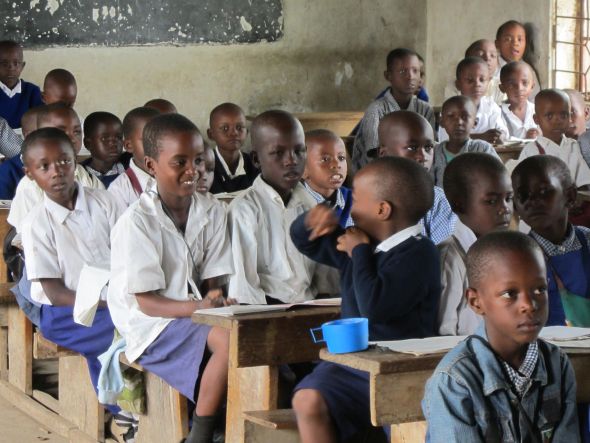
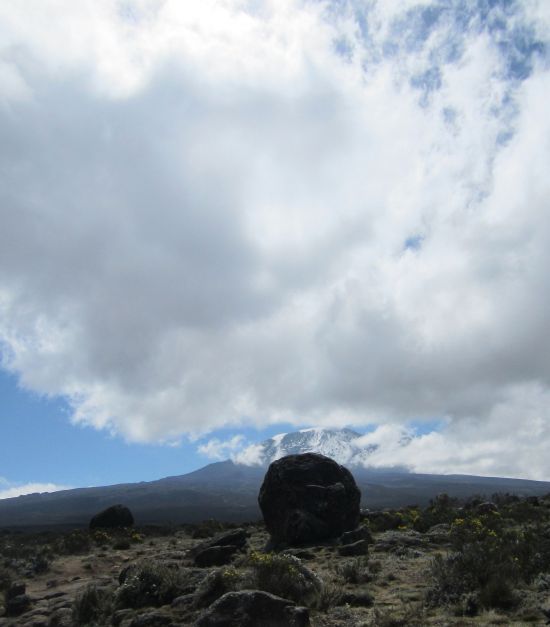
I went, I saw, I climbed, I did not conquer.
Actually, I didn’t intend to conquer anything — it’s always annoyed the hoo out of me to hear mountains referred to as being conquered. As far I (and some mountaineers I’ve talked with over the years) am concerned, the mountain lets you climb it. If it doesn’t, you go home, preferably not on a stretcher.
What conceivably could be conquered is altitude sickness, but one needs to have several weapons at hand which I did not, primarily more time to acclimatize. While our eight days is longer than some treks, it wasn’t enough for me.
I did four days, or half the trek, and stopped at 13,665 feet (4,165 meters). Palpitations. Shortness of breath, otherwise known as panting. Even when I didn’t have those, on Day 2 (“the Day from Hell”) I felt as if I were walking in knee-high water against a powerful current. That was when the trail was flat. On any upward incline — and especially any rocks to climb over, of which there were far too many that day — I had the strength and capability of a garden slug. It wasn’t anything like normal tiredness, with which I am deeply familiar. It was like having faded away till I became my shadow, wafting gently near the bulk of my body.
Finally a voice came to me that said, “If you ever want to see home and hearth and family and the gas bill and that cranky lady in the housewares store again, turn around now.”
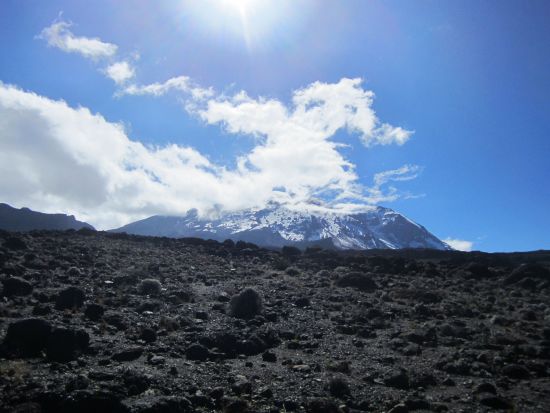
Seeing that the only 100 percent guaranteed remedy for this condition is to descend (many sources add “immediately,” which I didn’t do), down I went, along with my friend and colleague, veteran photographer Karen Kasmauski, who was also feeling the effects.
I don’t know how the other people in our small group avoided or overcame this condition. I know that they all made it to the summit except for one girl, who stopped with an hour yet to climb because of intense diarrhea. Another side effect, if you want to know. And that was after they’d been climbing for ten hours. Ten (10) hours.
Two other members who made it to the summit had to have oxygen and were basically carried down by their porters for a while. One of these trekkers, a young woman with more competitiveness than sense, saw that her friend was going to reach the top before her, and consequently started to run in order to pass her and get there first.
You cannot run at 19,000 feet. On the master list of crazy, potentially life-threatening things to do, this ranks up there with poking at a family of blue-ringed octopi. I don’t know how she managed to keep going, but the result was that not only did she need oxygen, she doesn’t remember anything of what happened after that for a while.
True, she can now say she climbed Kilimanjaro. (Of course, I also can say she climbed Kilimanjaro.) I’m still trying to figure out how I feel about not be able to say I climbed it. But let’s move on — the world is full of all sorts of mountains.
For example, education. After the trek, we spent a day visiting two schools which were benefiting from our group. At the first, an elementary school more than an hour outside Arusha, we delivered cartons of schoolbooks. Schoolbooks, I’ve concluded, bear a strong resemblance to oxygen tanks for any child who wants to climb up in life. It’s not that your village child must become prime minister, but without books it’s no more likely to happen than that I would reach the top of Kilimanjaro on roller skates.
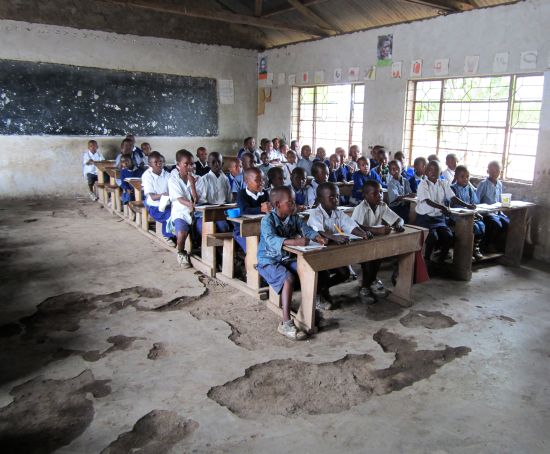
At the second, Mwedo Girls Secondary School, which is exclusively for Maasai girls, our group is sponsoring two daughters of one of our group members, Theresia Ismaili Majuka. We got a tour of the school, and saw Theresia’s joyful reunion with her girls after four months. Theresia lives on Zanzibar, where she makes and sells handicrafts to tourists on the beach. She doesn’t let the girls come back to her village on breaks or vacations, because of the high probability that some family members (male) will contrive to marry them off and that will be the end of that. It happened to her.
I believe that Theresia is the first Maasai woman (perhaps first Maasai, period) to climb Oldonyo Oibor, the “White Mountain.” She did it to promote the message of our group, which is “Everybody has a right to education.”
I admire her for seeing it through, but not as much as I admire her dedication to her daughters’ future. The size of that makes any mere mountain look pretty puny.
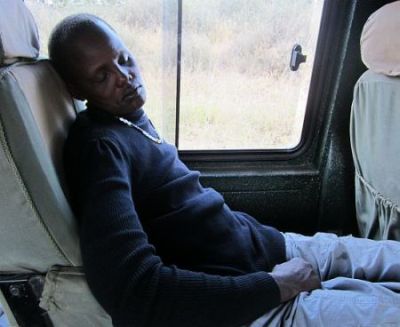

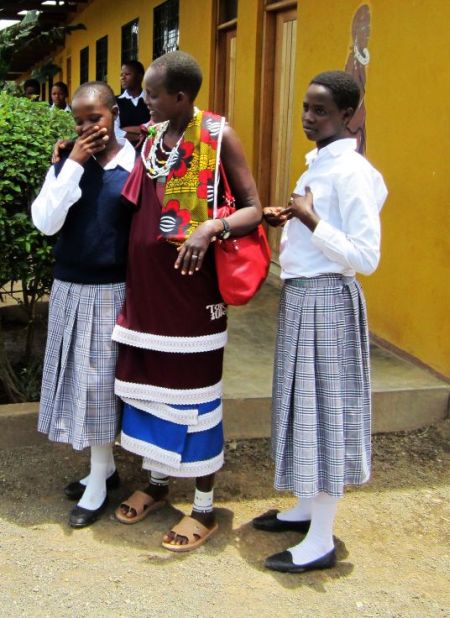
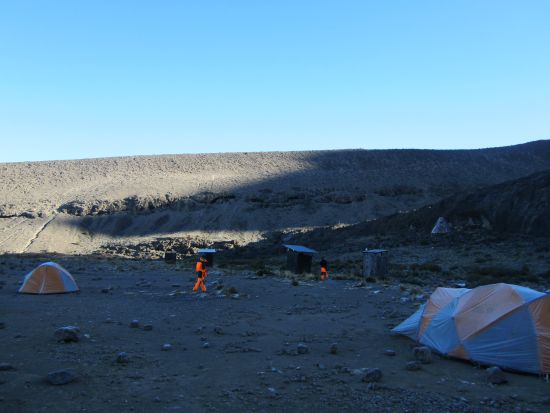
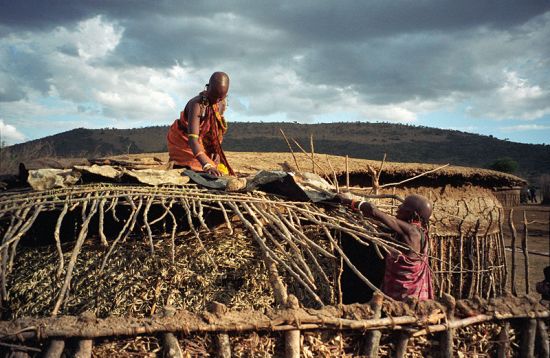
Starts at my house, among other places. I’m going to climb the mountain with a group of women for charity, departing next Sunday. I’ll be gone two weeks and hope to have some interesting — though non-Venice-related, obviously — things to relate when I return.
But that’s not why I started this post. I want to share what has inspired this adventure and my participation. Yes, this is an appeal, and no, I have no way of checking to see what you do. But I’ve put my heart and gizzard into preparing for this effort, and have already started working on editing the book. So I hope you’ll join in, even at a distance, where you certainly are warmer, more comfortable, and not enjoying any symptoms of altitude sickness, about which I have already read far more than is probably good for me.
Here goes:

Talking about tourism in Venice is like talking about altitude sickness on Kilimanjaro. I speak from experience, as you know.
Both phenomena can be extreme, disagreeable, and unavoidable. (Well, altitude sickness is avoidable, theoretically, if you have enough time to acclimate yourself.) I haven’t discovered a way to acclimate to tourism here, at the point it has reached, except by avoidance. Which is like solving altitude sickness by not climbing the mountain. No taking the vaporetto on the Grand Canal on Sunday afternoon, for example. No Piazza San Marco pretty much ever until winter.
But yesterday morning at the Rialto Market vaporetto stop I had a useful exchange of views with a heftily-middle-aged German lady. (Useful to me; she was untouched by the experience.)
So we’re standing on the dock, as I said. I snap a photo of some people I know from the rowing section of the Railway Employees’ Afterwork Club, as they rowed their gondola downstream. They were followed by a caorlina from another club. I didn’t raise my camera.
She speaks: “Don’t you want to take a picture of them?”
I reply: “No, I was just taking a picture of the other people because I know them.”
“Are they training for something?”
“No, they’re just out for a spin in the morning. It’s something people in the boat clubs like to do.”
“Well, I’ve never seen them and I’ve been to Venice many times.”
“Oh. That’s odd.”
A pause.
“So you live here?”
“Yes I do.”
“HOW do you STAND IT with all the TOURISTS?”
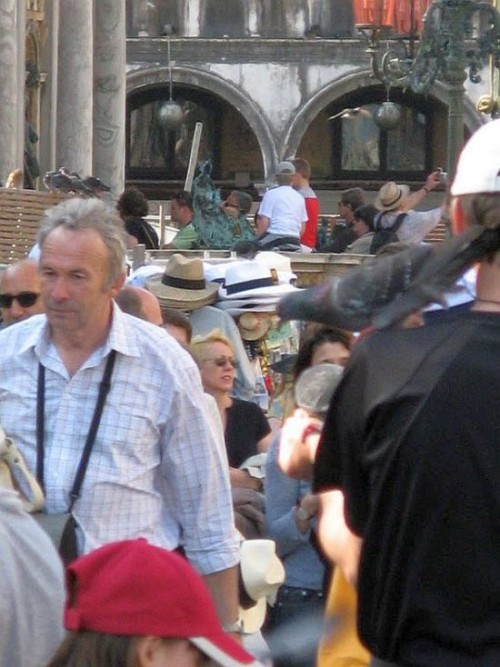
I could tell — as perhaps you can too — that she wasn’t asking because she wanted to know. She wasn’t asking, actually. She was announcing her opinion on what it would be like to live here, and clearly it would be worse than five forevers in Hades. But I decided to go with it for a while, just to see where we might end up.
“Well, every place has its positive and negative aspects,” I said. (Aren’t you proud of me for being so tactful?) “If there is a perfect place on earth, please tell me where it is, and I’ll go there immediately.”
But she was not to be pried loose from the subject of all the TOURISTS. Though now that I think of it, I should have asked her which corner of paradise she comes from.
“I’ve always come to Venice in the WINTER when there is NOBODY. I went to (I can’t remember where) in the winter and there was NOBODY. It was WONDERFUL. I don’t LIKE people.” Something in her voice made me picture a scene of utter desolation in which she, rejoicing, wandered solitarily through deserted streets as the evening shadows thickened over the stiffening corpse of a large rat in the main square.

“So why did you come in April?” (The obvious question.)
“Oh, I’m on a CRUISE.” As if this made her presence on the dock at the market inevitable. Do they drive people off the ship with whips? And I suppose she had examined the itinerary, hence was not taken by surprise to find herself in VENICE. But I didn’t reach for any of these flapping loose ends.
Our vaporetto was pulling up to the dock. “I hope you enjoy your cruise,” I said. She didn’t reply but I had the impression she was already doubting that that would be likely.
As I thought back over this very unsatisfactory conversation, I realized that I had missed my chance to throw her to the mat and painfully pin her, even if she did weigh twice as much as me.
It would have been easy. All I needed to do was to say, ” If tourists annoy you, what are you doing here? Because you’re just as much a tourist as the rest of them. Maybe you’re annoying everybody else. So why don’t you get the ball rolling by going away?”
I know that Lino would have put it more succinctly; he’d have said “So go home already.” But that lacks the philosophical twist that interested me.
Who gets to decide who should be allowed to be a tourist in Venice? They’re irritating because they’re here? You’re here too.
As Stanislaw Lec observed, “No snowflake in an avalanche feels responsible.”
